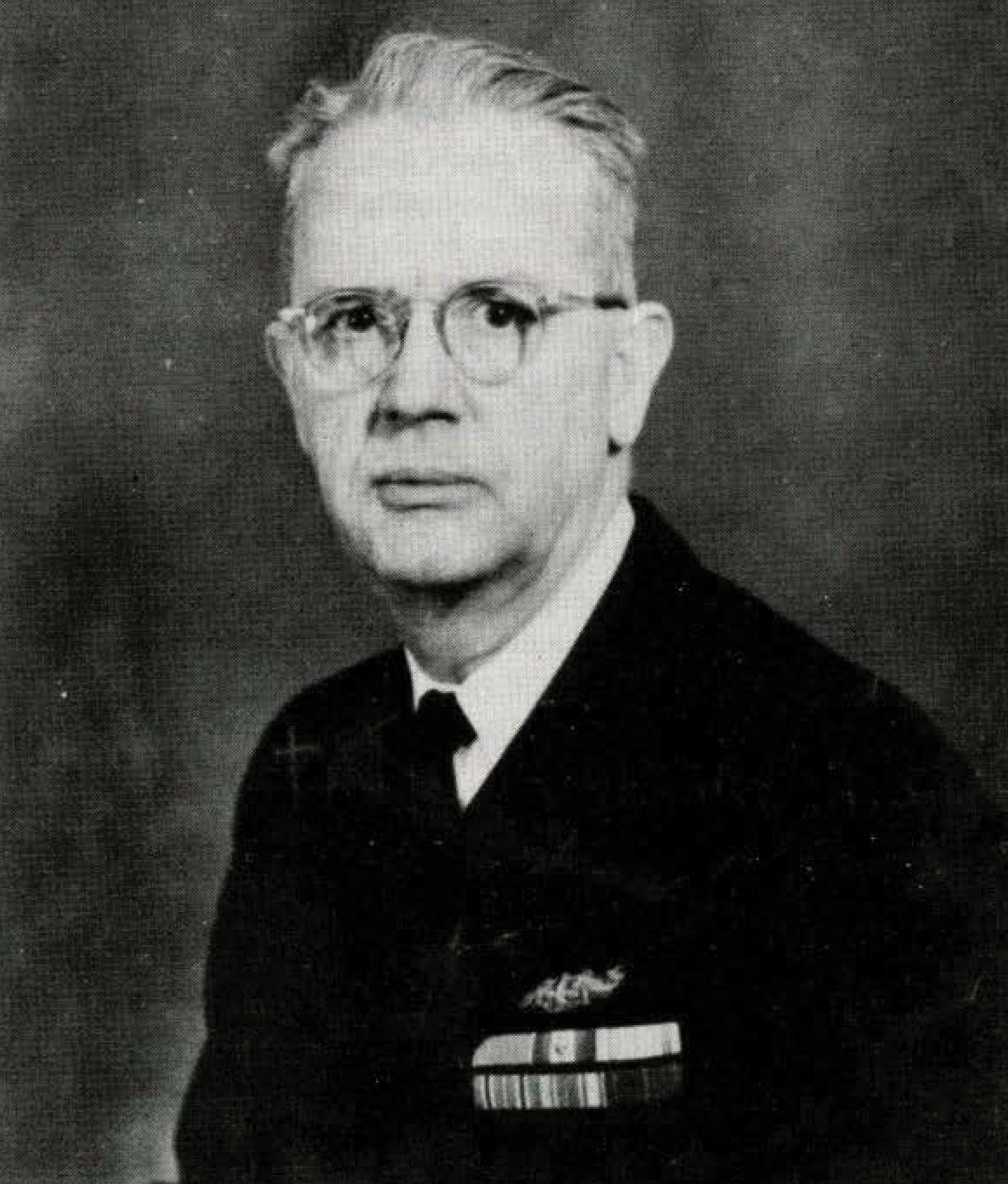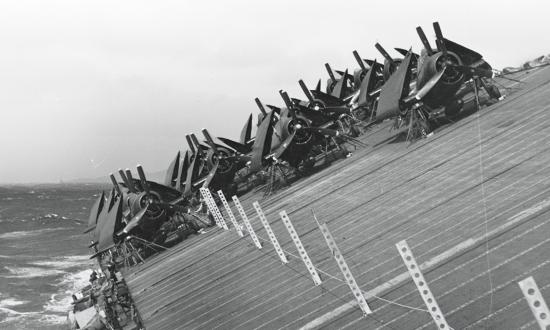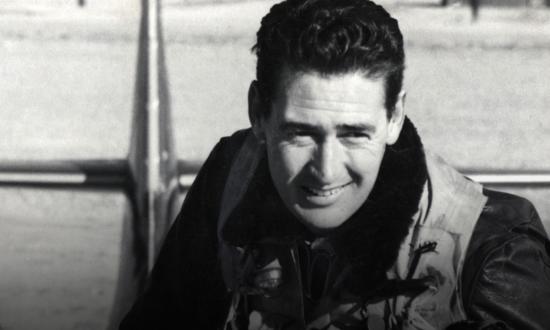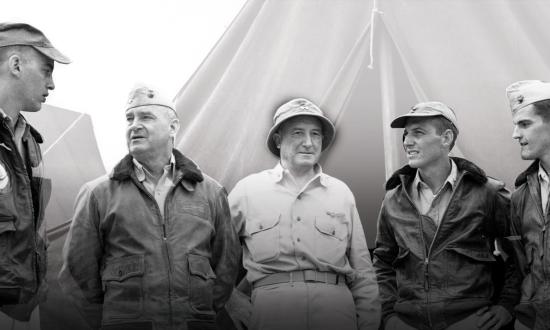Commander Sarah M. Quemada, U.S. Navy
Agnes Meyer Driscoll left the Navy after World War I, achieving the highest rank a woman was allowed at the time—chief yeoman. She became a leading cryptanalyst for the Navy until 1949 and oversaw the breaking of the Japanese code JN-25. That exploitation was instrumental in the Navy defeating the Imperial Japanese Navy at Midway.
Captain Steven E. Maffeo, U.S. Navy (Retired)
Captain Laurance Frye Safford (1893–1973). Safford is the "father" of Navy cryptology, establishing the cryptologic organization (OP-20-G) after World War I and heading the effort until after Pearl Harbor. Largely because of him, the Navy’s cryptanalytic capability was one of constant growth in size, structure, proficiency, experience, and technical sophistication.
Captain Laurance Frye Safford
Ensign Tyler Lacroix, U.S. Navy
Royal Netherlands Navy Lieutenant Commander Anthonie Van Miert found himself trapped by the 1942 Japanese offensive in the South Pacific. He cleverly utilized branches, trees, and jungle foliage to transform the HNLMS Abraham Crijnssen into a moving island. The ruse fooled Japanese reconnaissance units and the minesweeper escaped to Australia.
Lieutenant Commander Sankey L. Blanton III, U.S. Navy Reserve (Retired)
Rear Admiral Grace Hopper was a computer scientist and one of the first programmers of the Harvard Mark I computer. Without computers, the Navy would be nowhere with information warfare. She sits astride the father of U.S. naval ordnance, Rear Admiral John A. Dahlgren, and the Navy’s first aviator, Commander Theodore G. Ellyson.
Lieutenant Commander Tyson B. Meadors, U.S. Navy
Captain James Gosler. During a 28-year career in the Navy Reserve, Gosler pioneered the field now known as “offensive cyber operations,” first at Sandia National Labs, then at the National Security Agency, and eventually leading the CIA’s Clandestine Information Technology Office in the mid-1990s.
Victor Sussman
Rear Admiral Rawson Bennett II, Chief of Naval Research from 1956–61, for supporting Lieutenant Commander Irvin McNally’s Naval Tactical Data System (NTDS) concept. Extending Rear Admiral J. C. Wylie’s innovations in fighting a ship from the combat information center and laying the foundation for Rear Admiral Wayne E. Meyer’s Aegis Combat System, NTDS transformed the Navy’s ability to exploit tactical information.
Rear Admiral Rawson Bennett II
Marc DeLamater
Then–Rear Admiral Francis S. Low was the chief of staff of the Tenth Fleet, the “paper” fleet that won the Battle of the Atlantic during Worth War II. Under Low’s leadership, the Navy adopted the British system of operational intelligence that used multiple intelligence sourcing to defeat the Nazi U-boat menace.
Captain Joe Littleton, U.S. Navy (Retired)
Vice Admiral Jerry O. Tuttle. In the early 1980s, as Commander, Carrier Group 8, he was the architect and driving force behind fleet development of the JOTS system, a game-changing initiative to use early computer capability to integrate operations, intelligence, and tactics into naval warfare. He was decades ahead of anybody else.
Lieutenant Commander Brian Hayes, U.S. Navy Reserve (Retired)
Admiral Stansfield Turner. As Director of Central Intelligence, he took a personal interest in analysis of the Soviet Navy, encouraged collaboration between the CIA and the Office of Naval Intelligence, and dramatically improved the quality of U.S. maritime intelligence.
Vice Admiral Francis S. Low
Major General Bob Dickman, U.S. Air Force (Retired)
The father of net-centric warfare, Vice Admiral Art Cebrowski. He once said: “We live between two great chapters of human history, in the messy interspaces between the industrial age we are leaving and the information age we are entering. . . Military affairs, military competition, and the stakes of military competition are in the balance.”
Lawrence Trevethan, U.S. Navy Veteran
In March 1968, then–Chief of Naval operations Admiral Thomas Moorer said, “the outcome of every modern military engagement is determined by the relative use of electronic warfare by both sides.” With just five-months warning, his choice to use Navy electronic warfare technicians lead the first successful antimissile campaign in history.
Woody Sanford
Admiral Chester Nimitz. He was from the heartland, but as commander of Pacific Theater operations showed great skill, vision, and superior decision-making in World War II. I have read his biography.
Duane Rice-Mason
Admiral of the Fleet Tōgō Heihachirō. During the Russo-Japanese war at the 27–28 May 1905 Battle of Tsushima, he led the Imperial Japanese Navy to victory in the first sea battle in which the use of wireless telegraphy (radio) was critical.
David Fitzsimmons
German Navy Admiral Karl Donitz was conscious of information warfare from the end of World War I. Command-and-control of the submarine “wolf pack” from headquarters denied information on “boats” at sea. Specially formatted signals, and “squeal” transmissions were employed for similar reasons. His force lost the Battle of the Atlantic by calling forth an extraordinary British and American counterforce, not least Bletchley Park.
Lieutenant Commander Tyson B. Meadors, U.S. Navy
Lieutenant Commander Michael Assante. His active-duty career ended in 2000, but his pioneering cyberwarfare work continued. In 2007, he led the Aurora Generator Test, the first public demonstration of cyber-physical effects against industrial equipment. If only his cyber leadership and naval career could have coexisted, one imagines a much stronger Navy.










